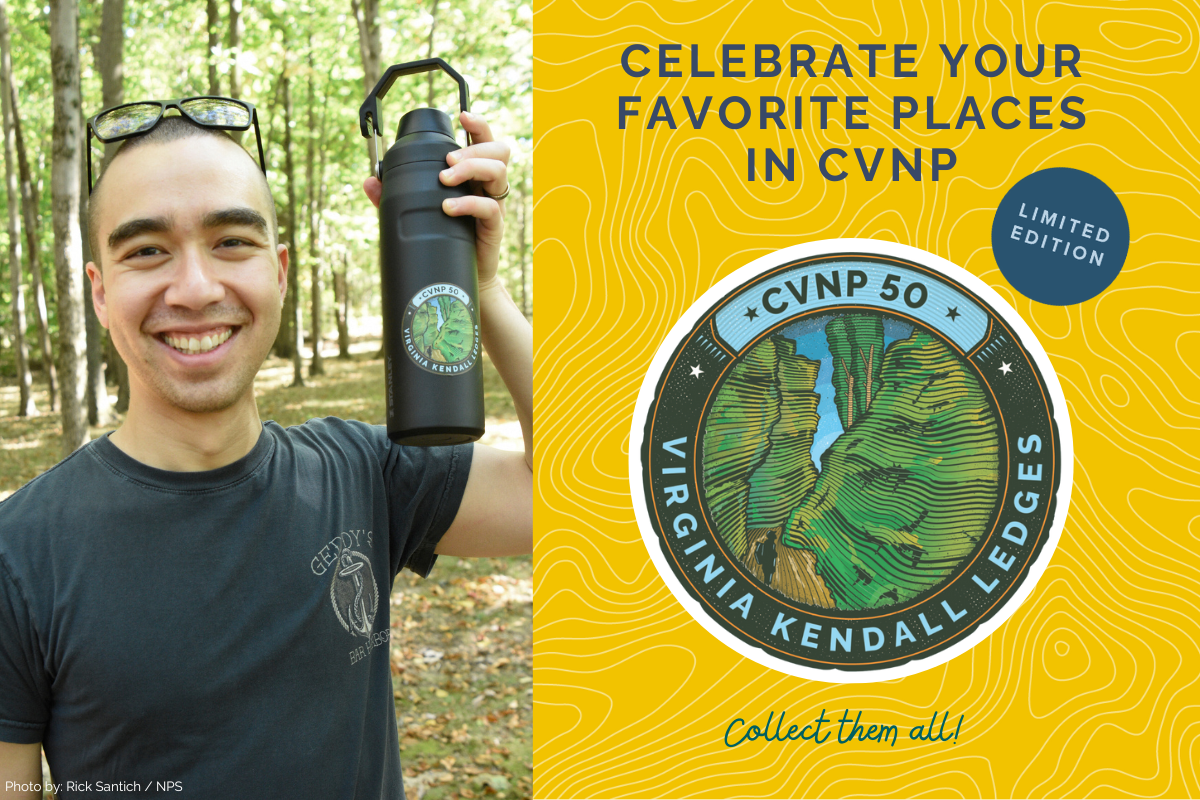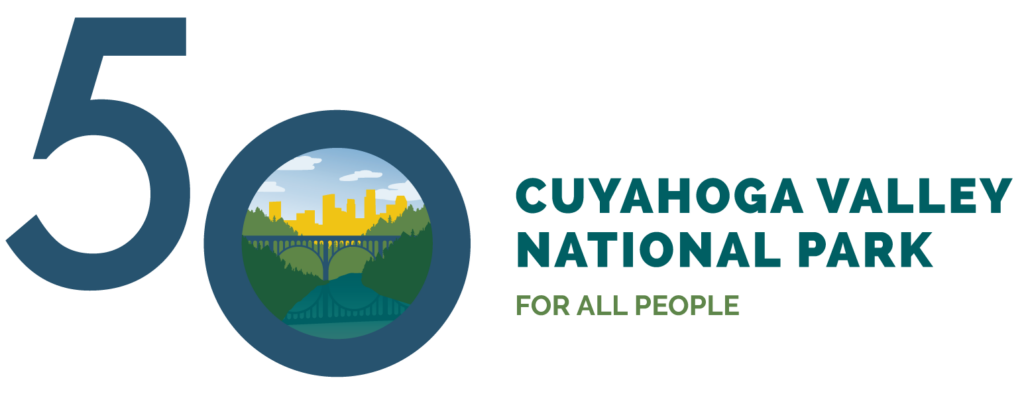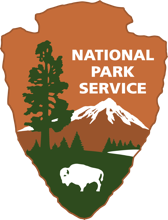Share your love for Cuyahoga Valley National Park (CVNP) by decorating your water bottle, phone case, journal, and more with collectable stickers. This 15-sticker series commemorates the 50th anniversary of the park. Each represents a cultural, historical, and recreational aspect of the Cuyahoga Valley. They also celebrate the resilience of the region through restoration, conservation, volunteerism, and community activism.
How can you collect the stickers? Join the Conservancy for CVNP and the National Park Service (NPS) at select events and programs in the park. Stickers will be distributed for free while supplies last. The entire sticker series and a collectable poster are also available for purchase at Trail Mix Peninsula and Boston Mill Visitor Center.
We hope to see you soon in the park. Until then, learn more about the collectable stickers below!
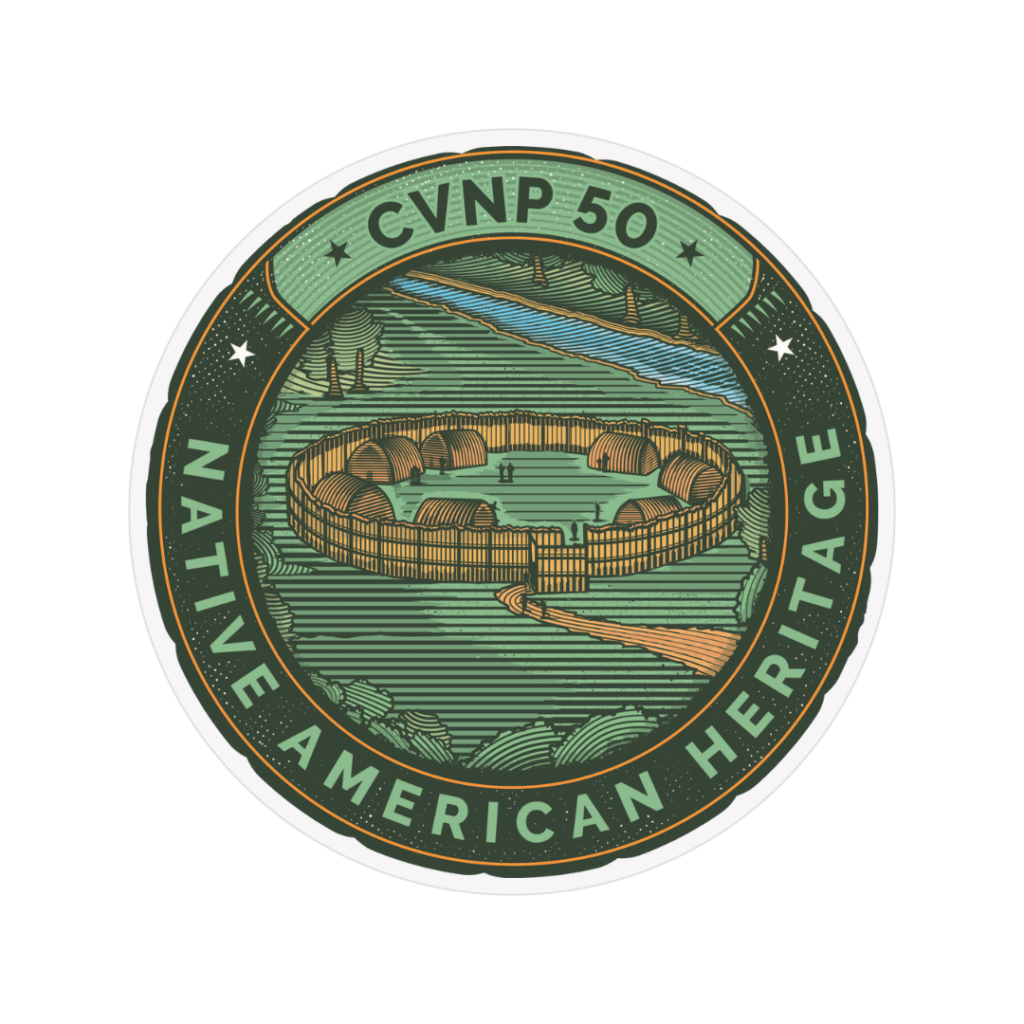
Native American Heritage
Indigenous people have lived in Cuyahoga Valley for more than 500 generations. Over thousands of years, diverse cultures have harvested food, built homes and communities, raised families, practiced religious beliefs, and adapted to change. Some communities lasted for centuries while others were short term. Native Americans often settled near the Cuyahoga River for access to water, food sources, transportation routes, and fertile soil.
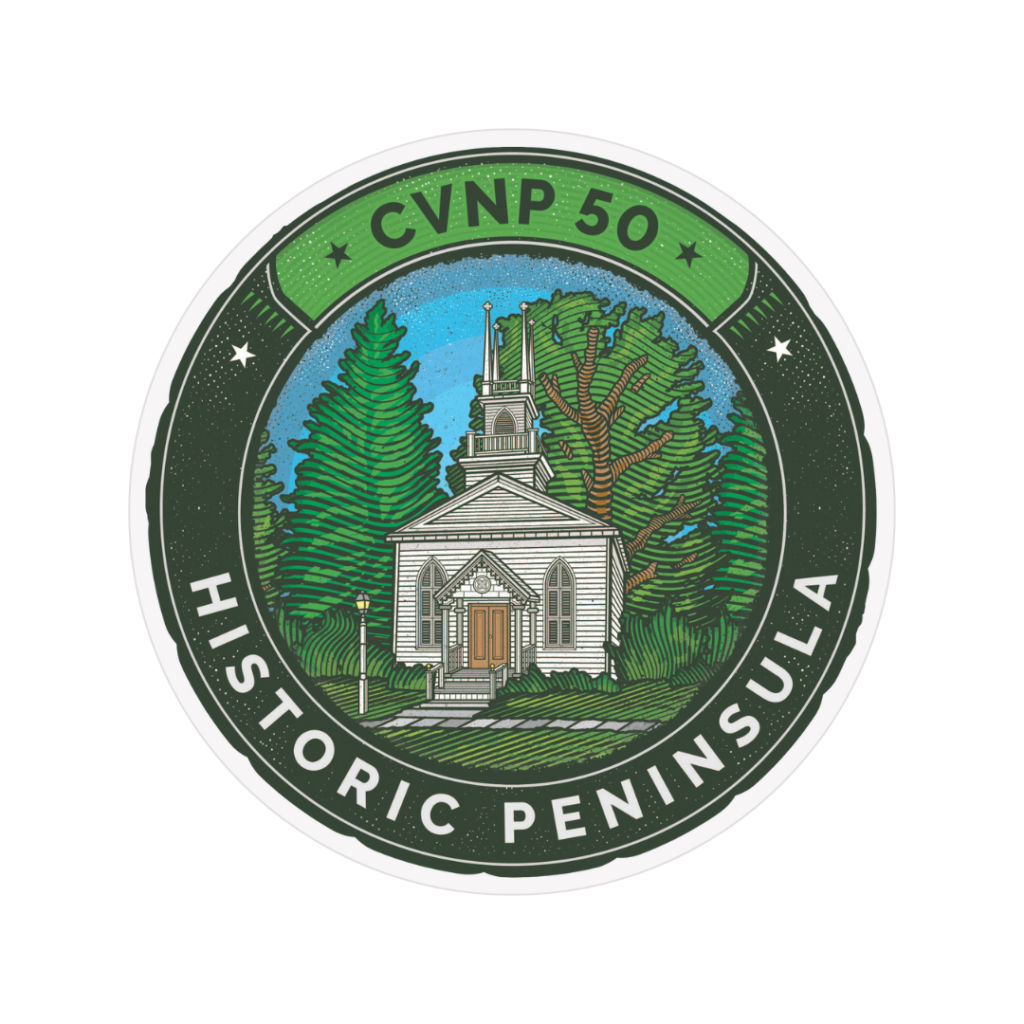
Historic Peninsula
The charming, historic village of Peninsula is a gateway to the national park. Established along the Cuyahoga River in 1824, Peninsula prospered with the opening of the Ohio & Erie Canal in 1827. In 1962, local citizens led by Lily Fleder and Robert Hunker organized the Peninsula Valley Heritage Association to preserve thecommunity’s historic structures. These include Bronson Memorial Church (pictured), G.A.R. Hall, and what is now Peninsula Depot.
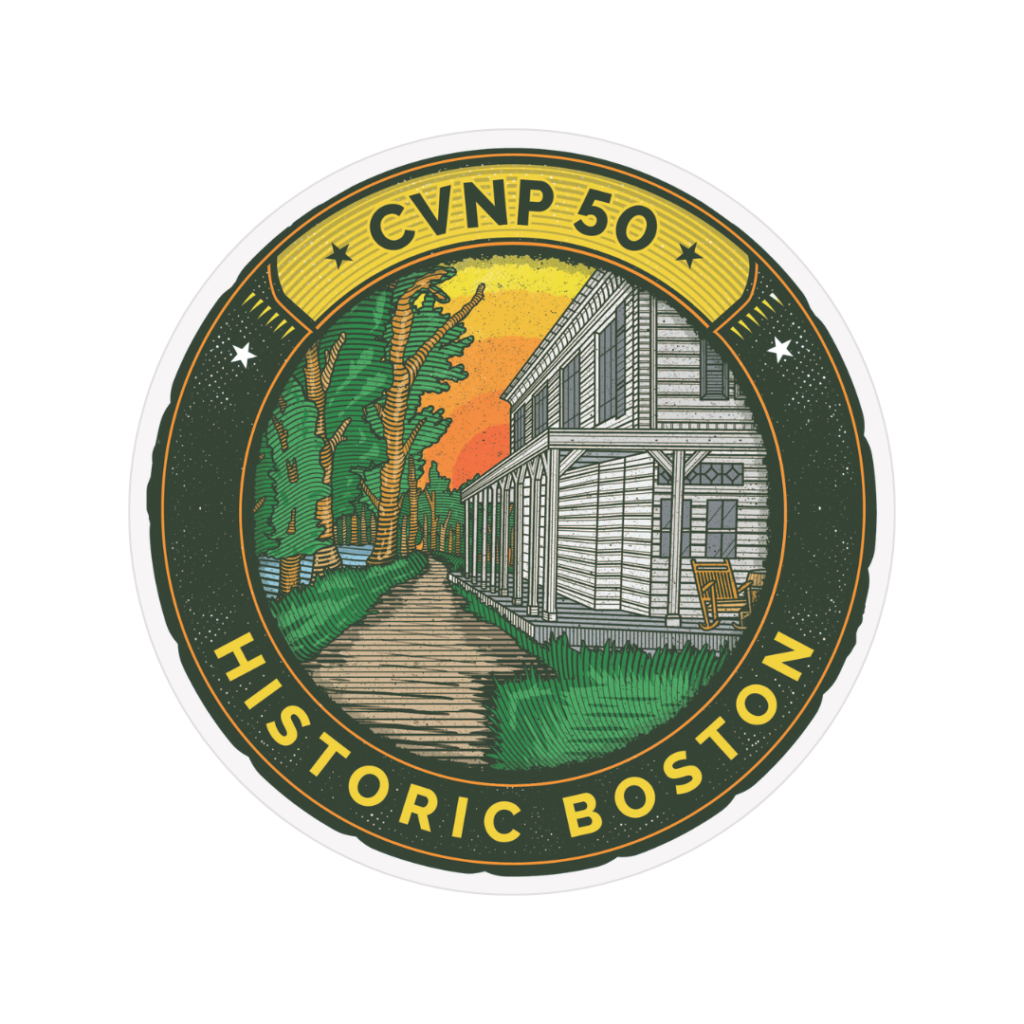
Historic Boston
Founded in 1827, the Ohio & Erie Canal transformed Boston into a thriving canal town. Boston Store (pictured), built in 1835, housed the Boston Land and Manufacturing Company Store during the canal era. Initially serving as a warehouse and boarding house for workers, it later became a post office, private home, and park visitor center. Today, Boston Store is a refreshment stop with locally prepared food, snacks, and gifts. This historic building is one of many preserved historic structures in Boston Township.
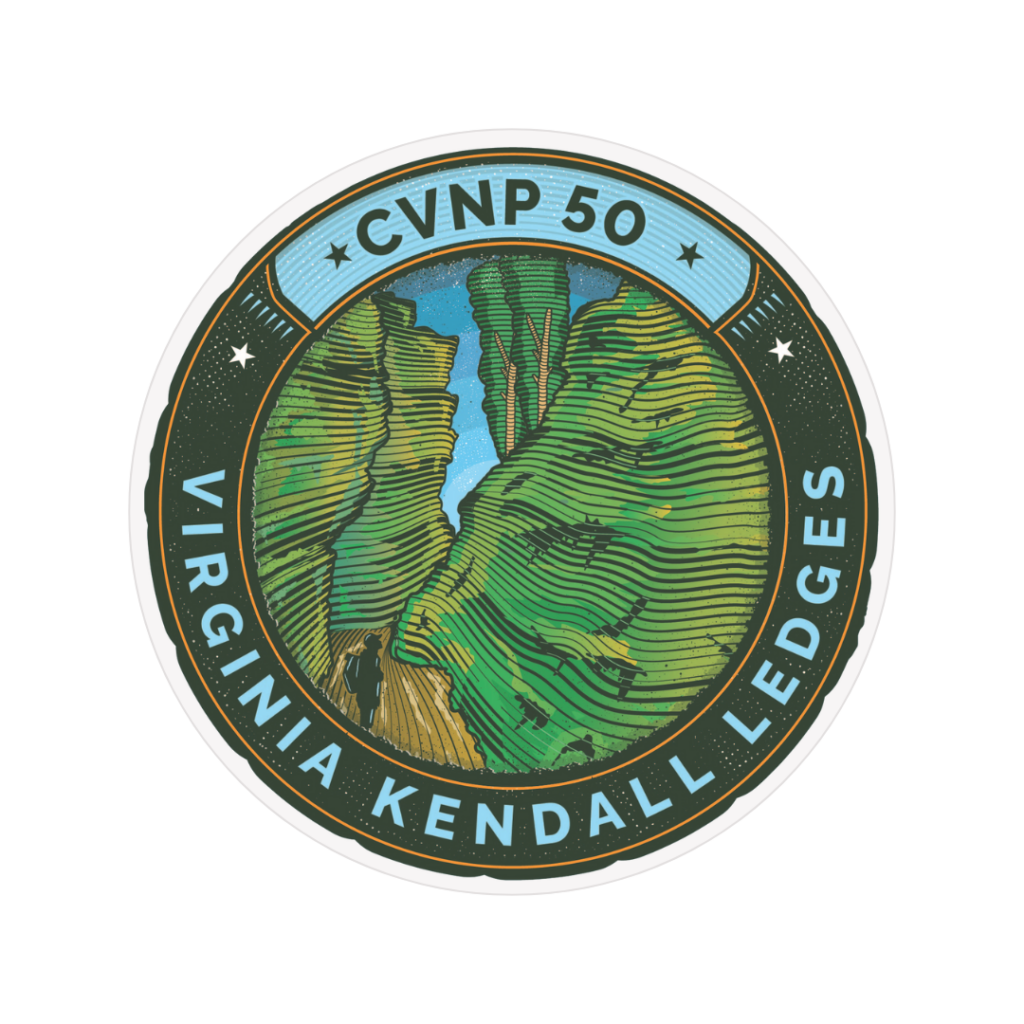
Virginia Kendall Ledges
Formed from Sharon Conglomerate millions of years ago, the Ledges area (pictured) is known for its impressive boulders, cliffs, and scenic overlook of the Cuyahoga Valley. In the 1800s, visitors came to the Ledges for recreation. One visitor, wealthy Cleveland industrialist Hayward Kendall, purchased the area and set it aside to become Virginia Kendall Park, established in 1929 in honor of his mother. The park was managed by Akron Metropolitan Park District (today’s Summit Metro Parks) until 1978 when it was turned over to the NPS. Today, it remains a popular destination for hiking and viewing sunsets.
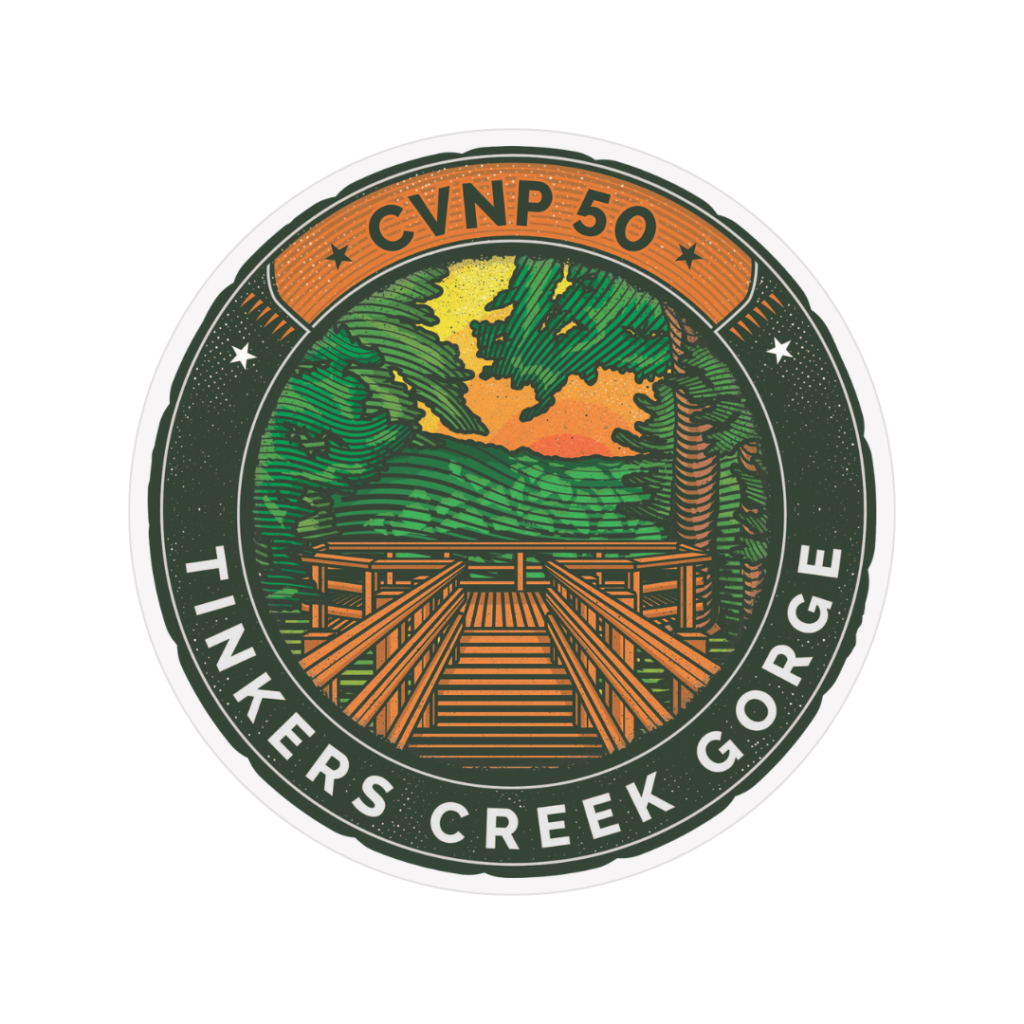
Tinkers Creek Gorge
Tinkers Creek is the largest tributary to the Cuyahoga River. It dramatically drops 220 feet within two miles, forming a steep gorge. This scenic area was one of the first in Cuyahoga Valley to be preserved as parkland, starting in 1922. It is the heart of Cleveland Metroparks’ Bedford Reservation. In 1967, Tinkers Creek Gorge was designated a National Natural Landmark. Tinkers Creek Gorge Scenic Overlook (pictured) offers breathtaking views that are especially lovely in autumn.
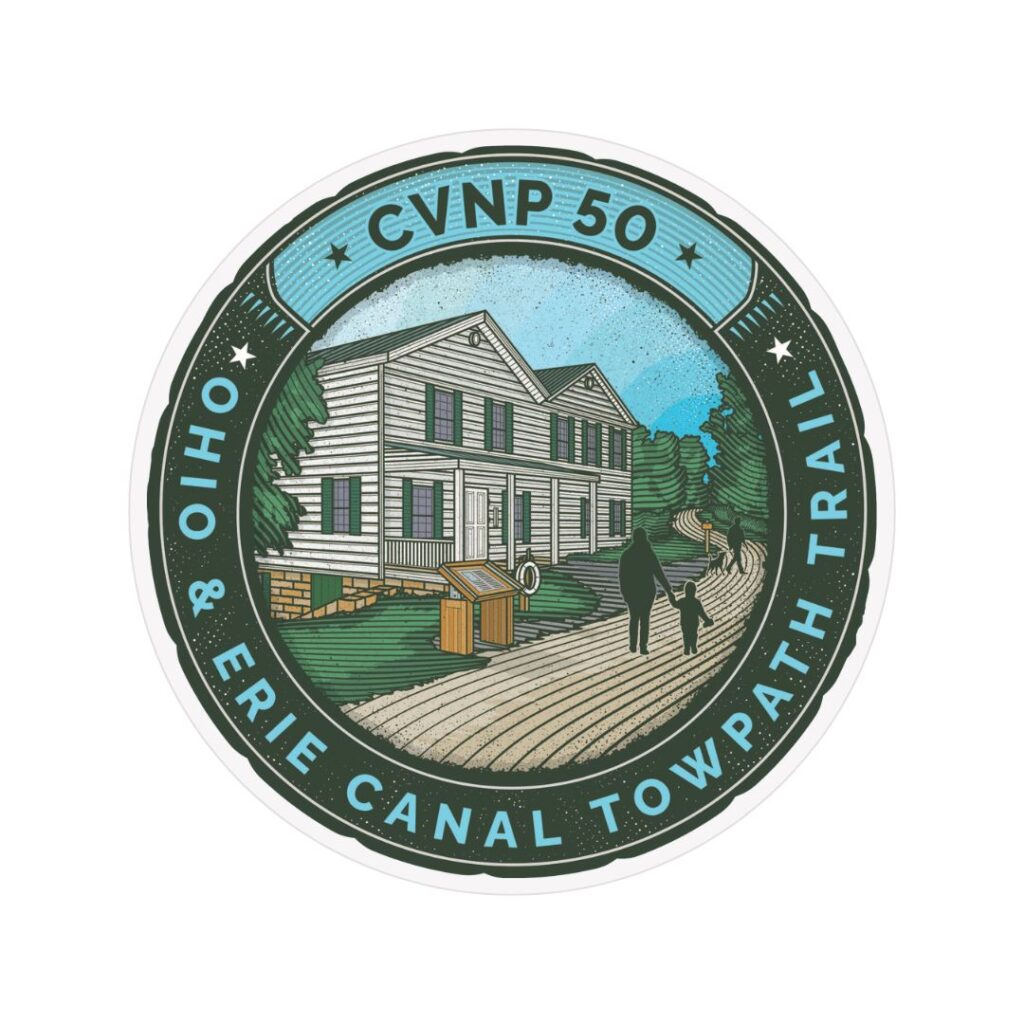
Ohio & Erie Canal Towpath Trail
The Ohio & Erie Canal Towpath Trail follows the path where horses or mules pulled boats filled with passengers and goods along the historic Ohio & Erie Canal. Today, the trail is 101 miles long, connecting Cleveland to New Philadelphia, Ohio. Twenty miles of the Towpath Trail are within CVNP. The trail connects to many natural and historic sites, as well as to the Cuyahoga Valley Scenic Railroad. One section passes the Canal Exploration Center (pictured), located in a historic canal-era building at Lock 38. With its flat surface, the Towpath is popular with park visitors and is wheelchair, bike, and stroller accessible.
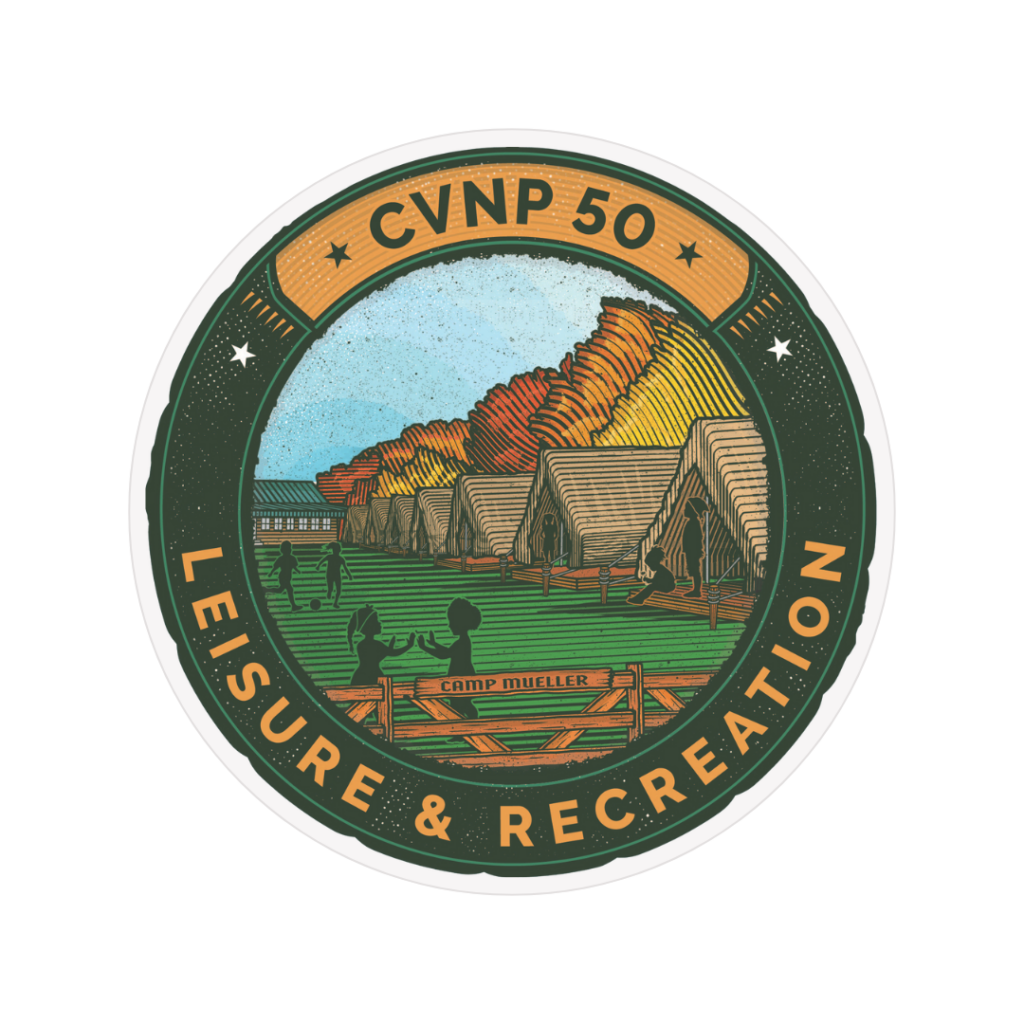
Leisure & Recreation
Cuyahoga Valley has a long history of leisure and recreation. In the late 1800s, people took pleasure rides through the valley on canal boats, carriages, and the railway. In the early 1900s, Cleveland and Akron created Ohio’s first countywide park districts, and rural land was bought for recreation. The Civilian Conservation Corps built park amenities during the Great Depression, which people still enjoy today. Within decades, the valley was filled with public parks, family-friendly farms, and youth camps. Camp Mueller, operating from 1941 to 2022, became one of the first African American outdoor camps in the nation. The valley continues to attract visitors for recreation, entertainment, and wellness.
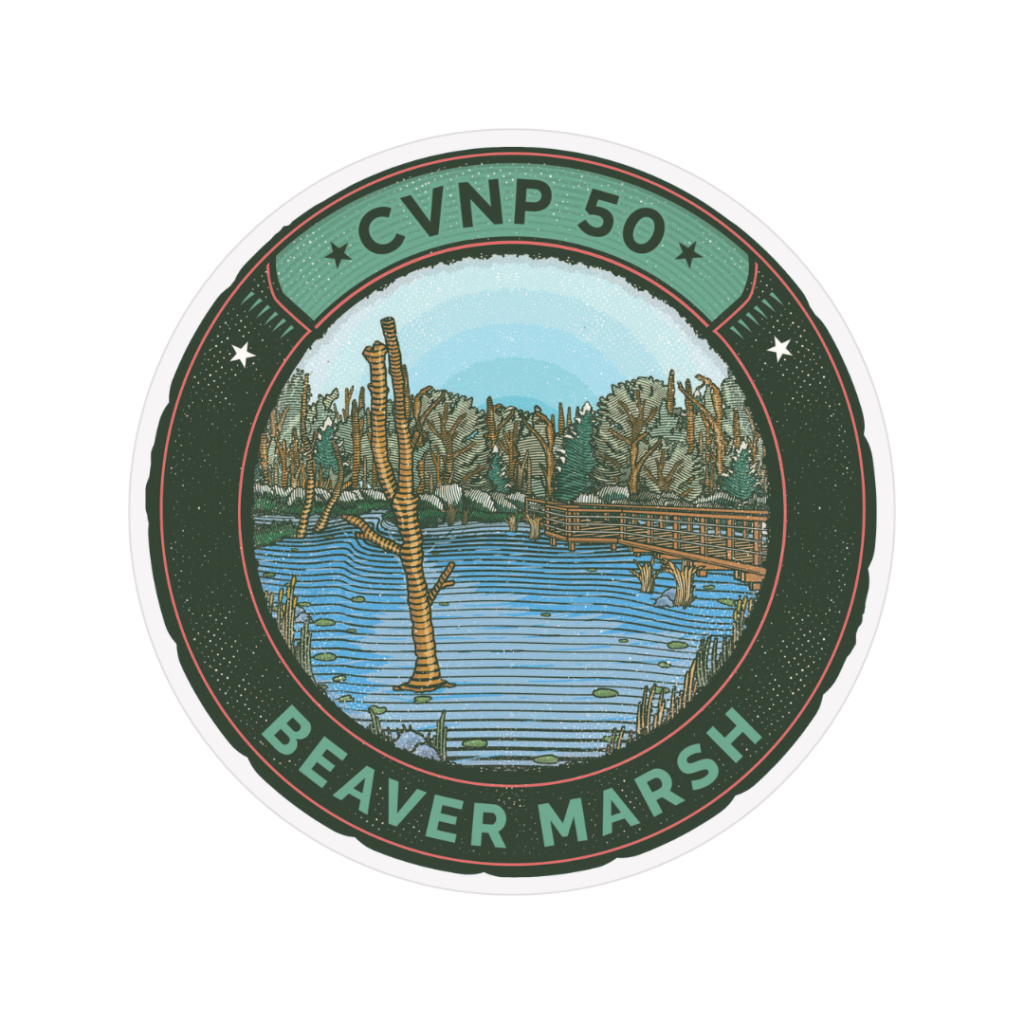
Beaver Marsh
Beaver Marsh is a thriving wetland with a long history. Land development drained the original wetland in the 1800s. The Ohio & Erie Canal came through. In the early 1900s, a dairy farm was located near Lock 26. Later, an auto repair shop and salvage yard operated along Riverview Road. When the park bought the land, it relocated the old cars. In 1984, Sierra Club hauled away accumulated trash. About the same time, beavers restored natural water levels, awakening long-dormant seeds in the soil. Wetland plants returned, creating habitat for wildlife. Today, Beaver Marsh is one of the most diverse natural communities in CVNP, making it a top spot for photography, birdwatching, and enjoying nature.
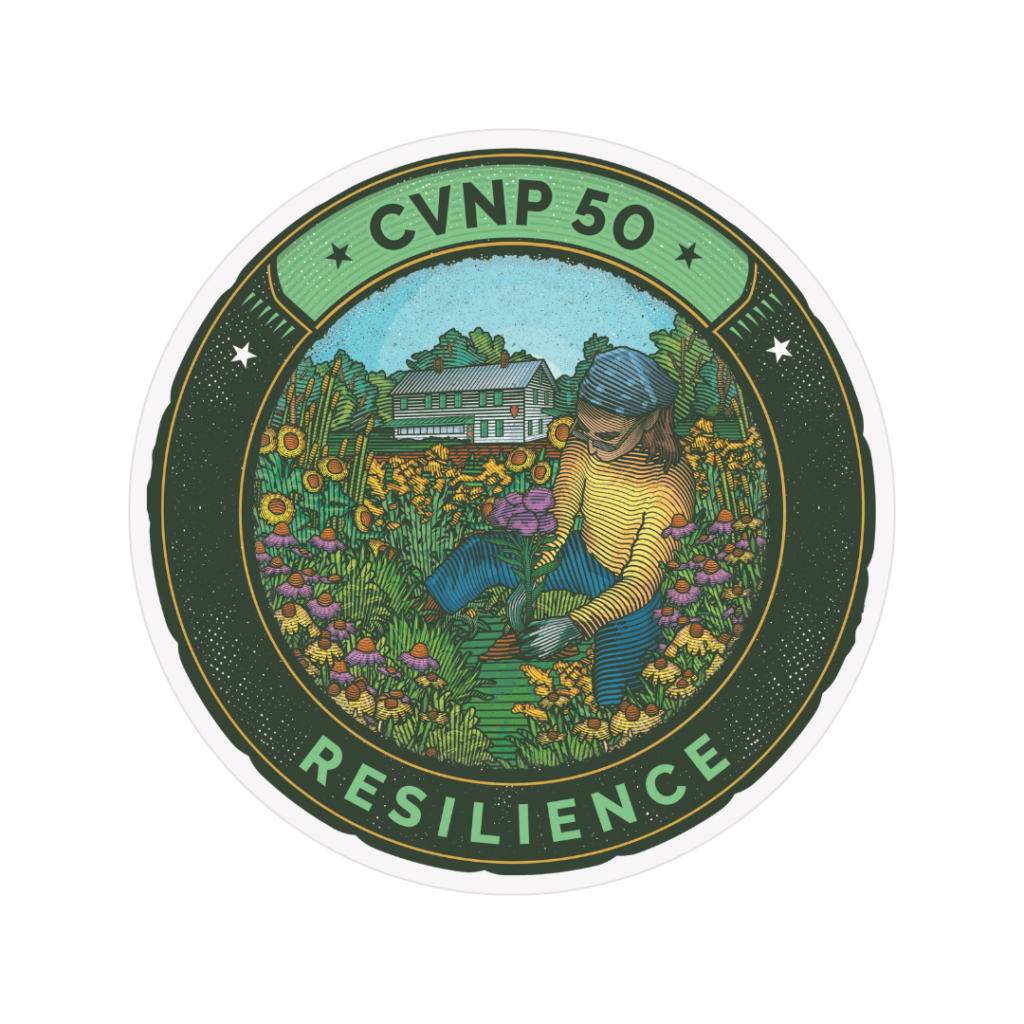
Resilience
Nature’s resilience is inspiring. Since the 1800s, deforestation, industry, and trade have impacted the valley’s natural areas. Today, many partners work together to improve ecosystems and increase biodiversity. Together, they are creating better connected waterways, restoring forests to be larger and more resilient, and protecting rare habitats and species. Volunteers play a vital role in these efforts, helping with habitat restoration and engaging in citizen science projects. They also enhance the experience for visitors who come here to enjoy the valley’s beauty, natural resources, and historic treasures.
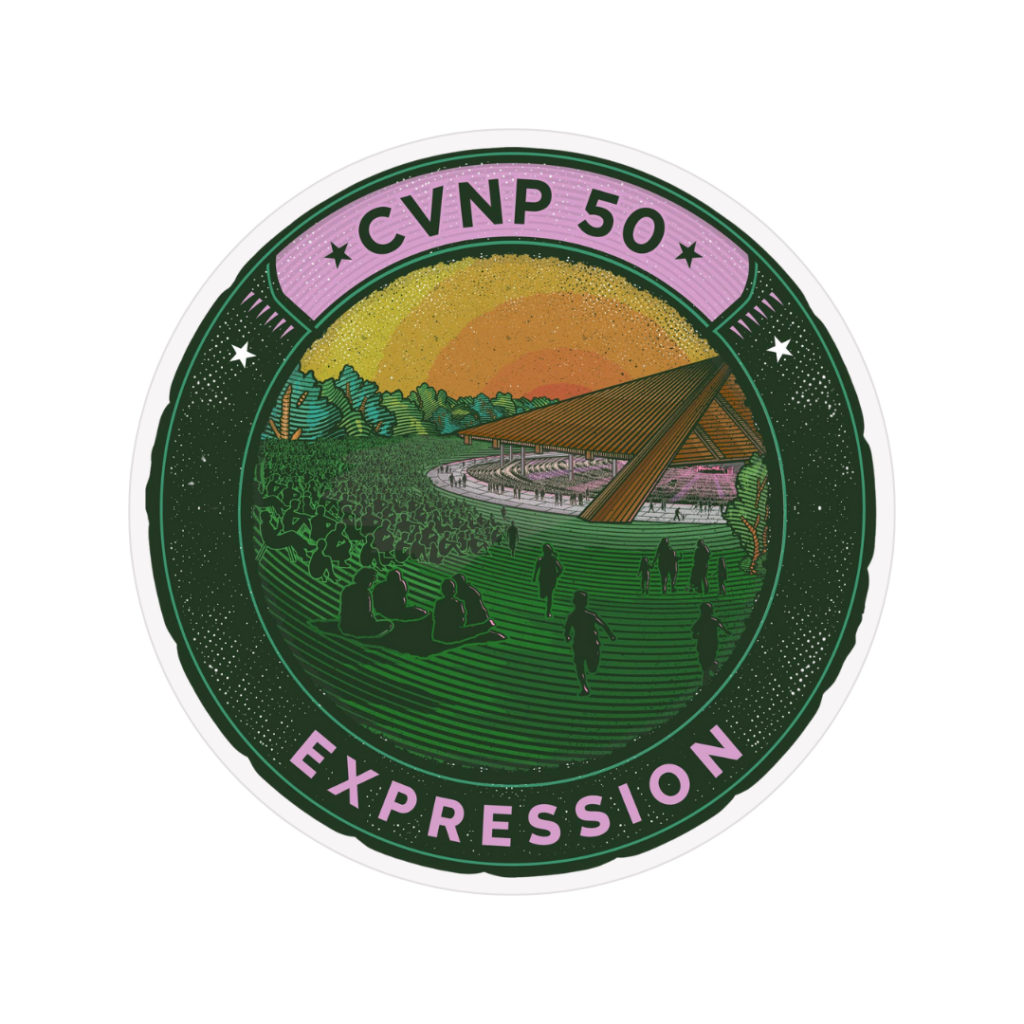
Expression
For generations, art and expression have flourished in the Cuyahoga Valley. People come here to both make and enjoy art amidst the beauty of nature. Lake Glen was part of a vibrant jazz circuit in the mid-1900s. Blossom Music Center, shown here, opened in 1968. Along with being the summer home of the Cleveland Orchestra, the venue has hosted thousands of performances. The national park and its friends’ group began co-managing a cultural arts program in the 1980s, connecting the park to creative networks. Today, the park and its many partners continue the tradition of arts in the valley. This includes live music, gallery exhibitions, public artworks, poetry, photography, and other forms of expression.
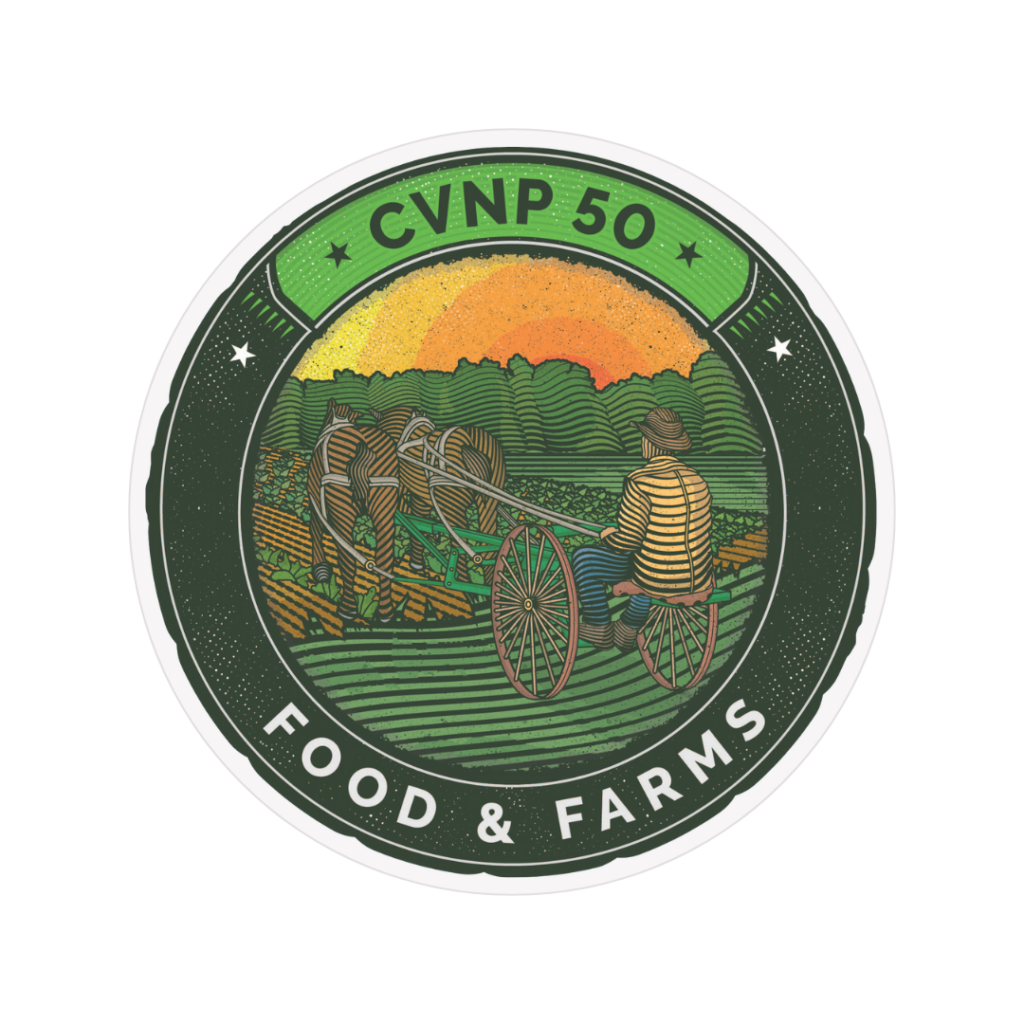
Food & Farms
Farming has been a part of valley life for over a thousand years, starting with Native Americans. Western Reserve settlers and European immigrants began farming in the early 1800s with some families continuing the tradition for generations. Today, working farms sustain the valley’s rural heritage. The park’s farm program leases land to farmers, preserving the valley’s pastoral landscape while also protecting park resources. Visitors can enjoy working farms, restored farm properties, and the Cuyahoga Valley Farmers Market, which offers local food year-round.
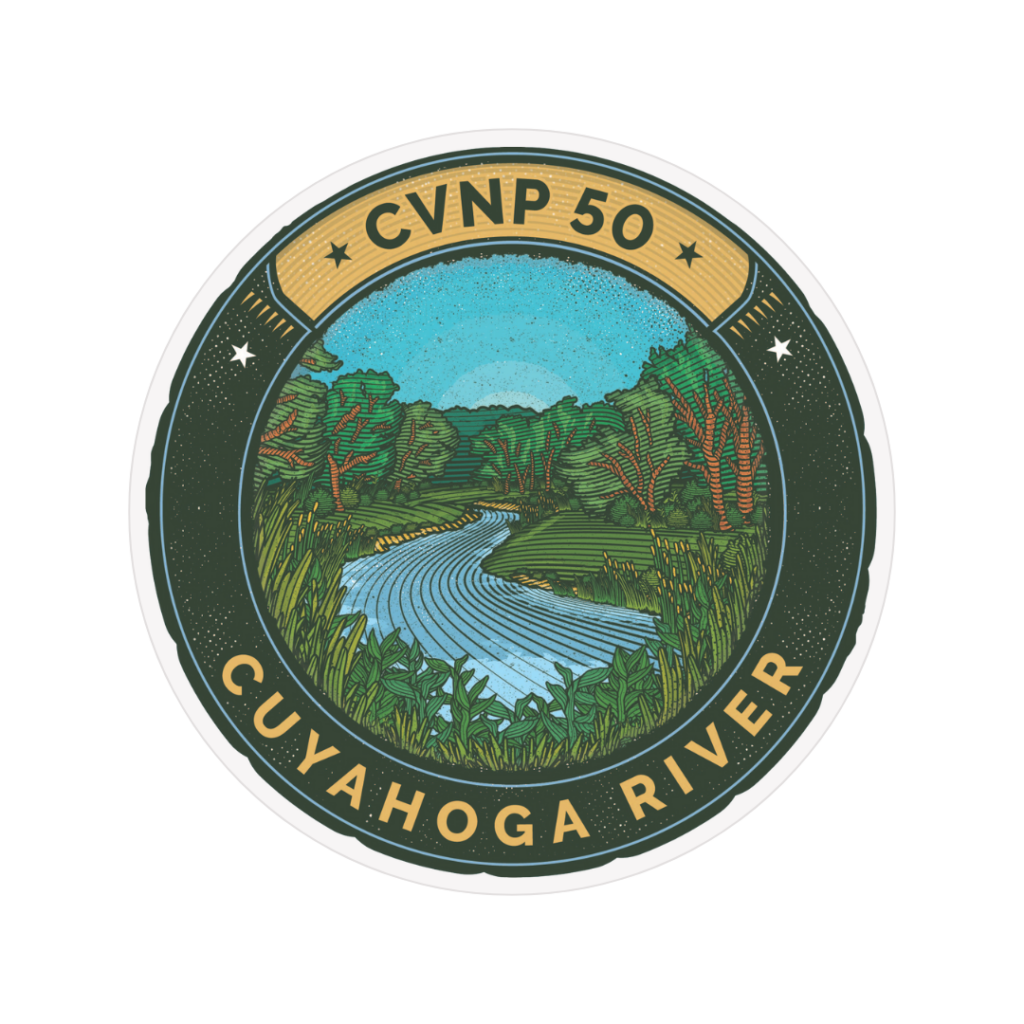
Cuyahoga River
The Cuyahoga is a little river with a big story. The notorious 1969 Cuyahoga River fire downstream in Cleveland grabbed the world’s attention. The fire put a global spotlight on water pollution and helped lead to environmental activism, new laws, and innovations in water protection. Within five years, this national park was established, protecting 25 of the river’s 100 miles. Funds to clean up the Cuyahoga have flowed because it is part of the Great Lakes, the world’s largest freshwater system. The Cuyahoga is now among the nation’s most studied rivers and serves as an inspiration. Nesting bald eagles, river otters, abundant fish, and recreational use testify to the river’s remarkable comeback.
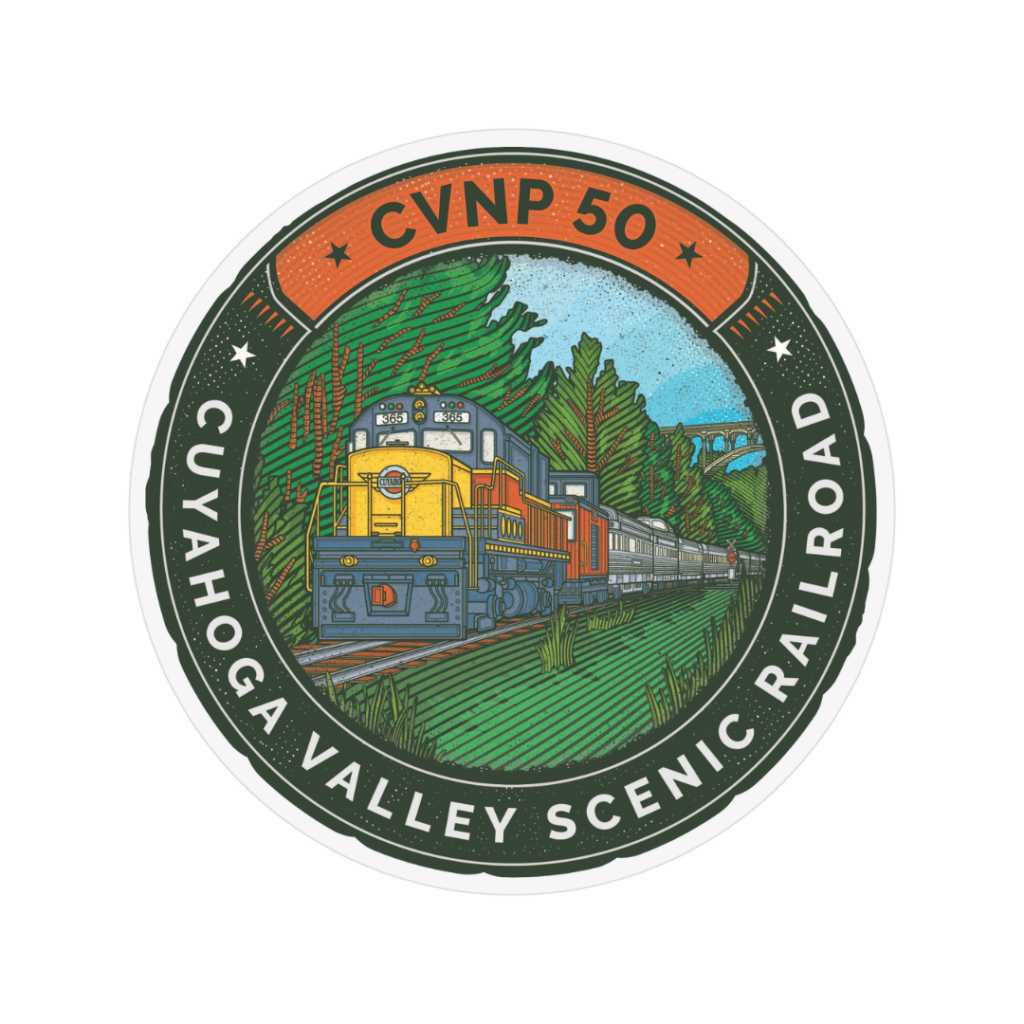
Cuyahoga Valley Scenic Railroad
The history of trains in the Cuyahoga Valley stretches back well over a century. In 1880, the Valley Railway began operations, spurring new business, employment, and recreational opportunities. The rise of automobiles, trucks, and buses in the 1900s caused the decline of freight and passenger service. However, interest in the line was renewed in 1972 as a scenic excursion route. The Cuyahoga Valley Preservation and Scenic Railway Association was born. The railroad now operates as the Cuyahoga Valley Scenic Railroad (CVSR), offering scenic excursions, events, and educational programs. CVSR also provides transportation for hikers, runners, bikers, and kayakers.
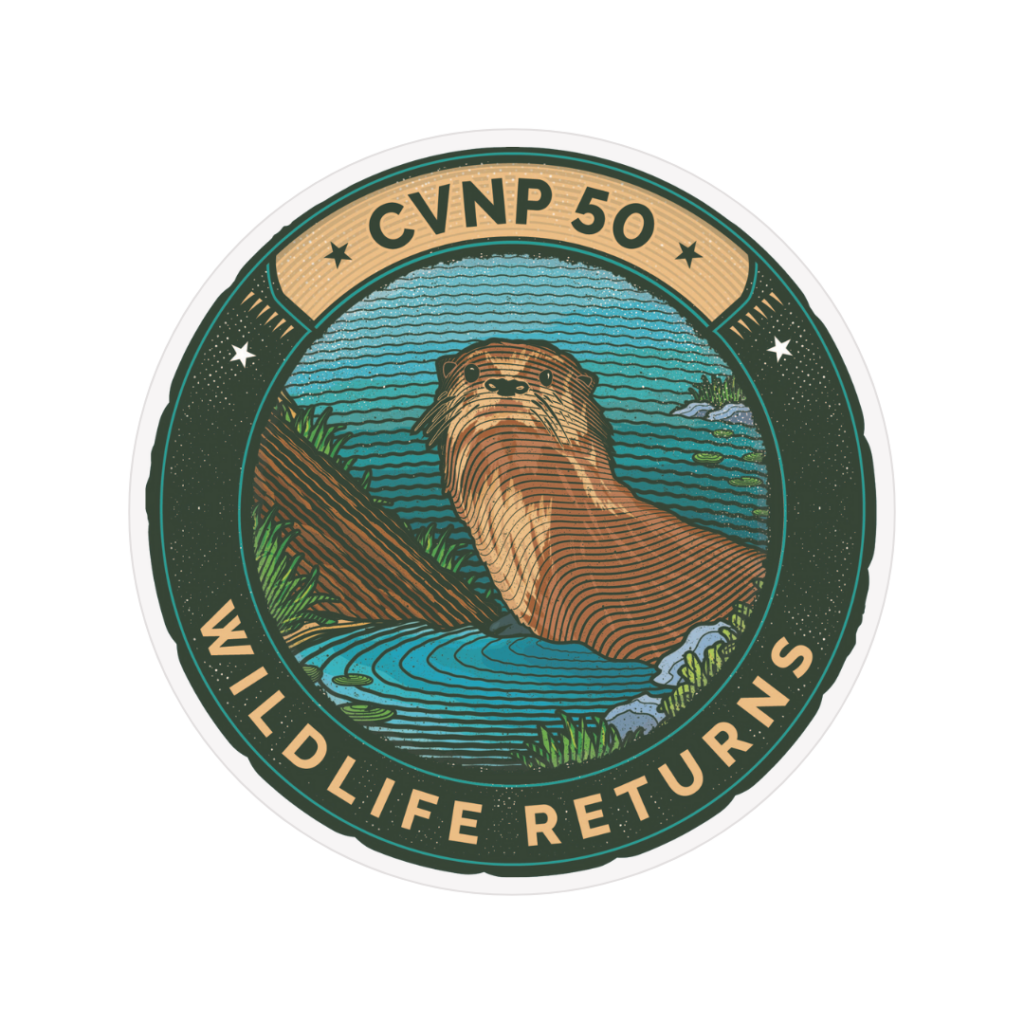
Wildlife Returns
The return of wildlife, such as the river otter, reflects the continuing recovery of the Cuyahoga River and Great Lakes watershed. Because of the fur trade, river otters disappeared from our region by the early 1900s. They were reintroduced by the state of Ohio in 1986. Still, it was decades before otters returned to the valley. Their migration to the park signals a healthy ecosystem with plenty of fish to eat. The park and its partners are committed to continued water and forest restoration efforts. Through both natural processes and successful reintroductions, diverse wildlife ranging from the bald eagle to the beaver, have returned.
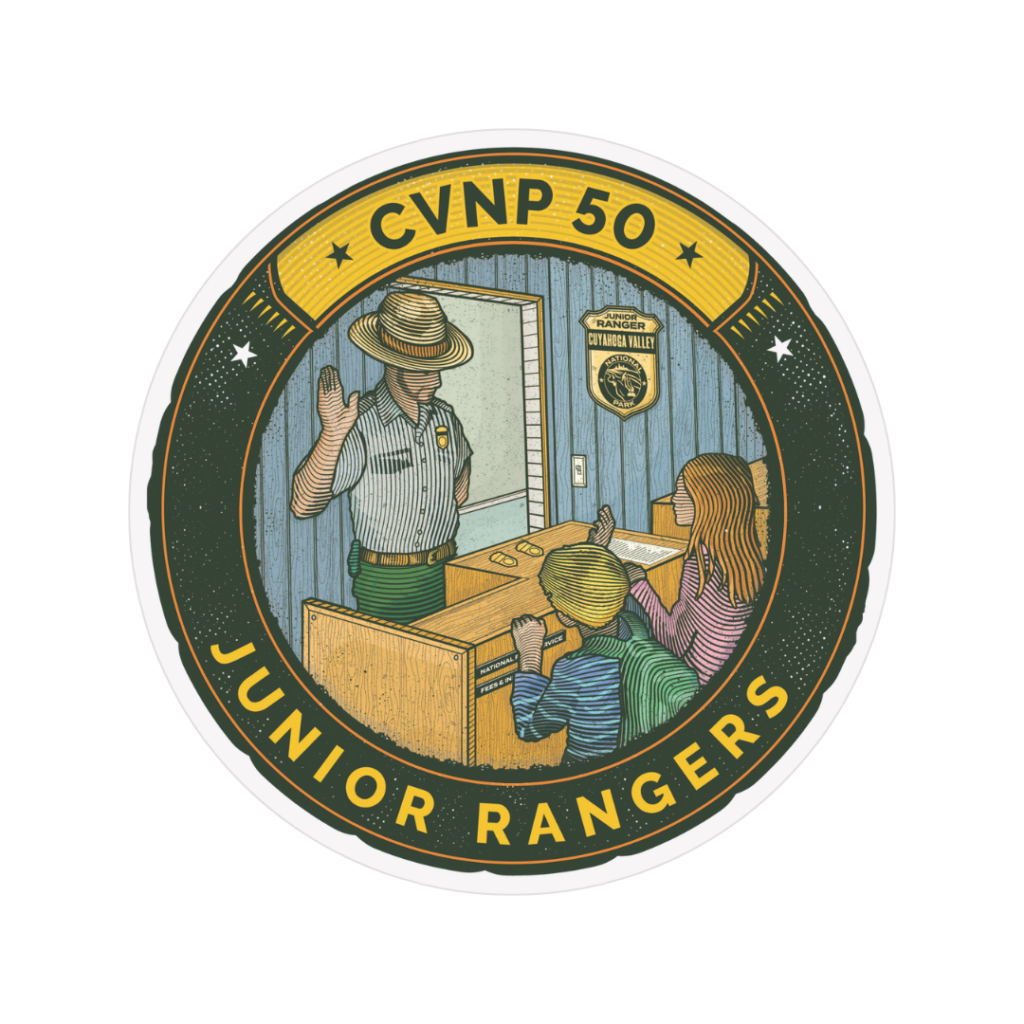
Junior Rangers
“Explore, Learn, and Protect!” The Junior Ranger motto is recited by children around the country as they take an oath to protect national parks and historic sites. Cuyahoga Valley’s Junior Ranger program began in the 1980s with a focus on teaching outdoor skills to urban youth that now includes park history, local culture, and environmental stewardship. The visitor center offers self-guided Junior Ranger activities and programs. Kids can also participate in Junior Ranger camp experiences at the Cuyahoga Valley Environmental Education Center. Each option culminates with being sworn in as an official Junior Ranger.
